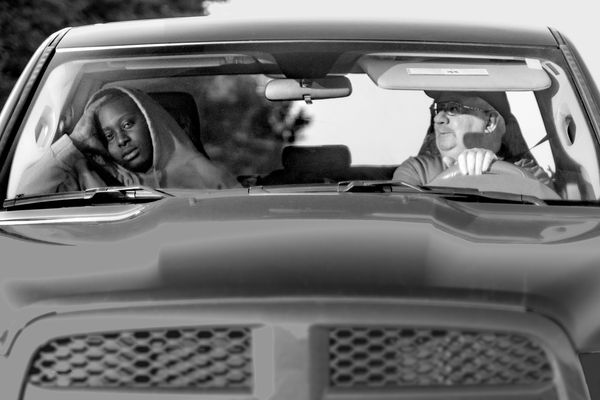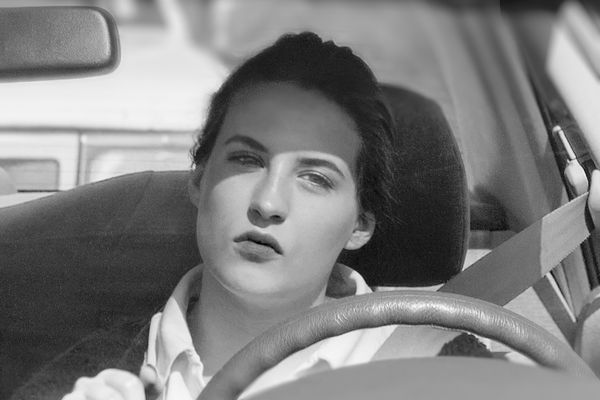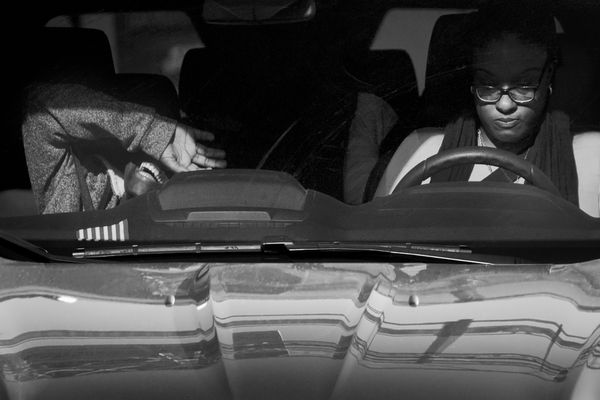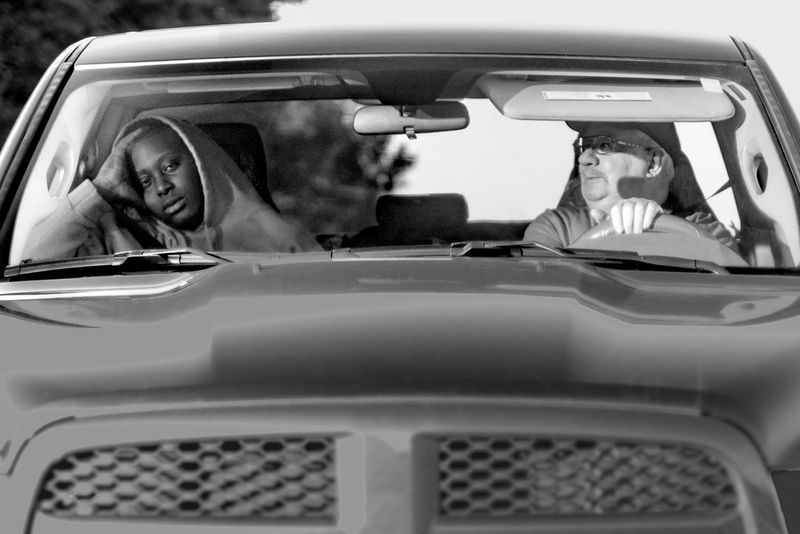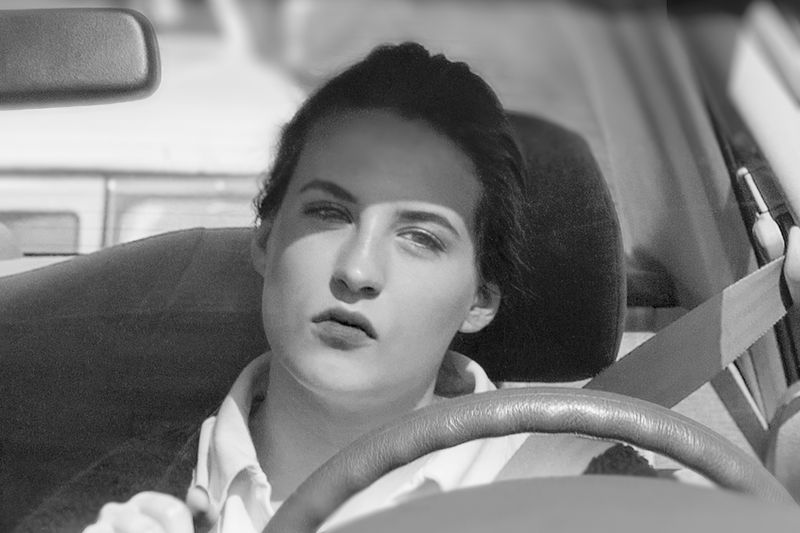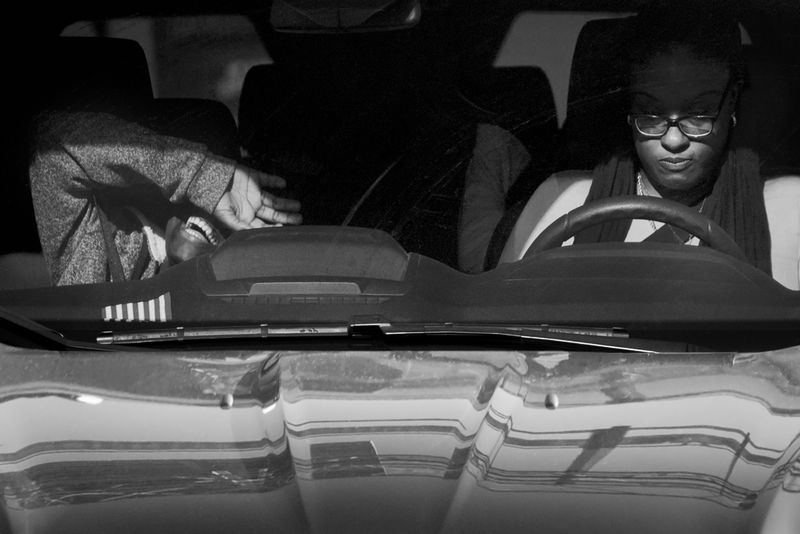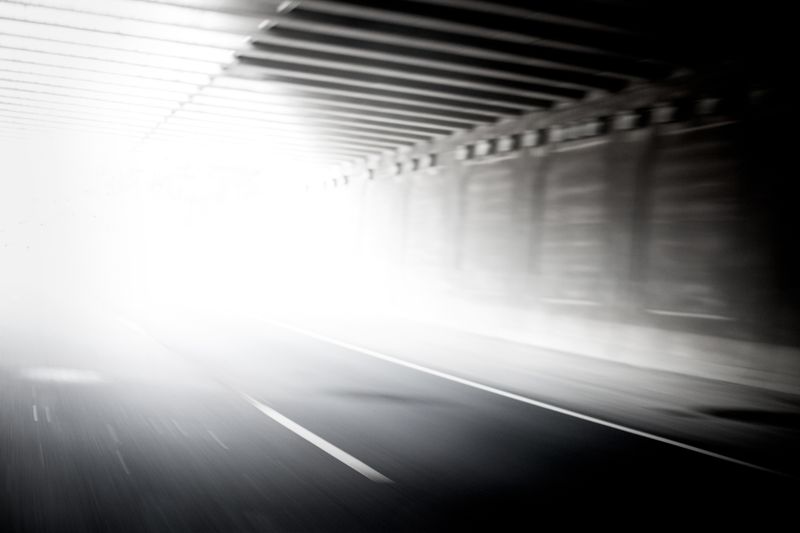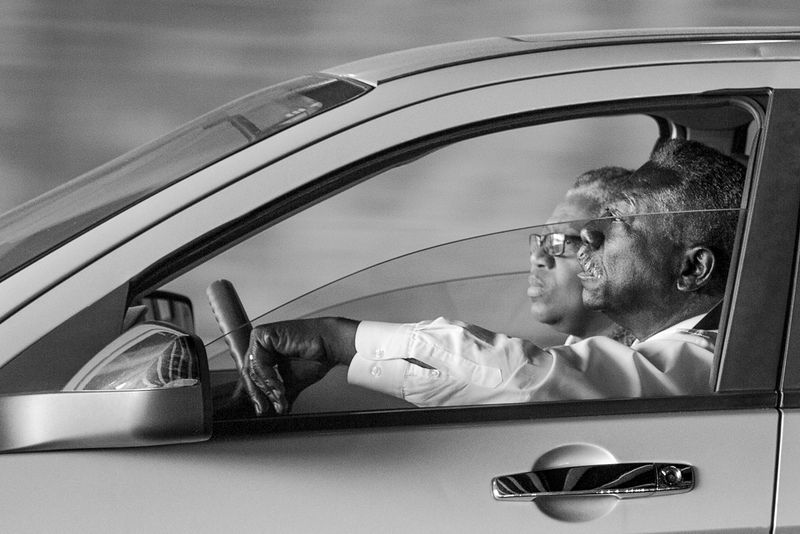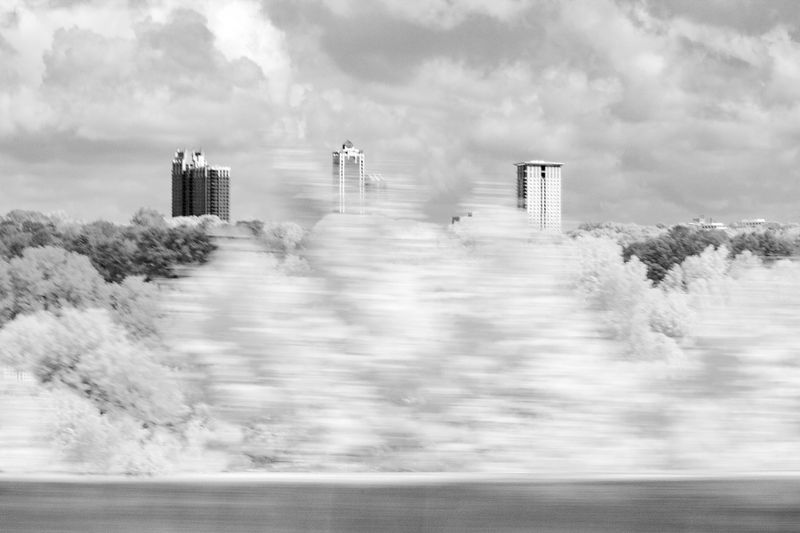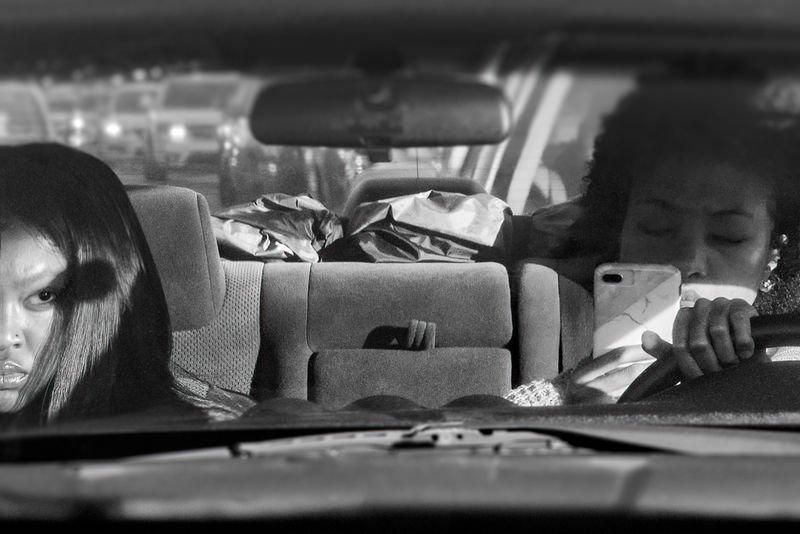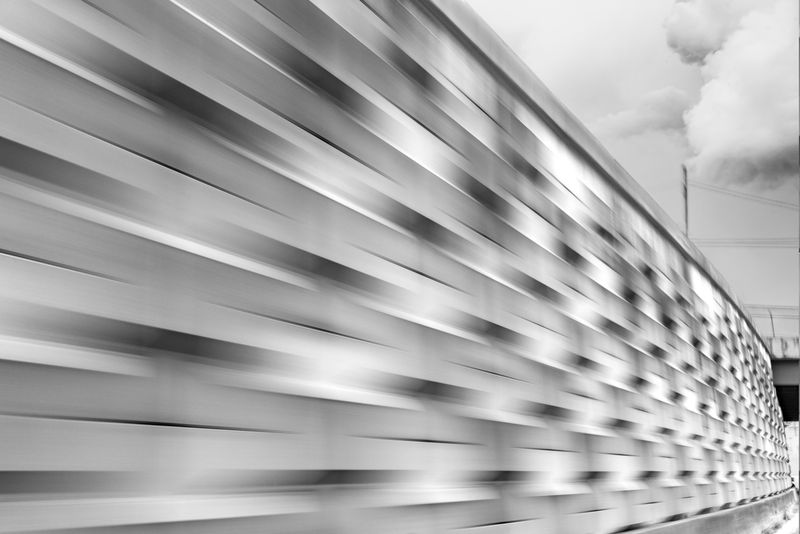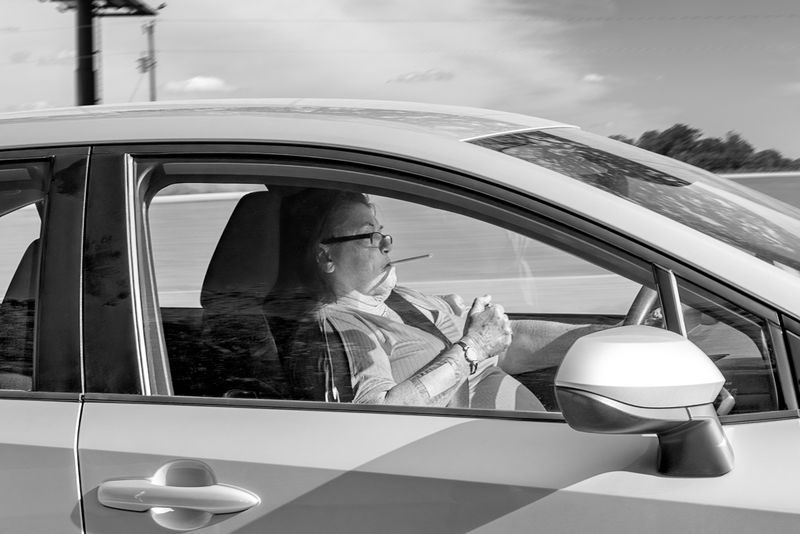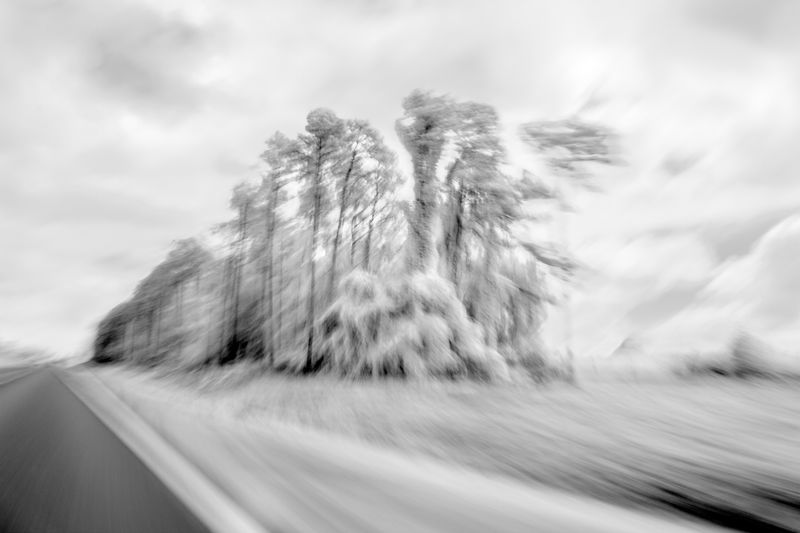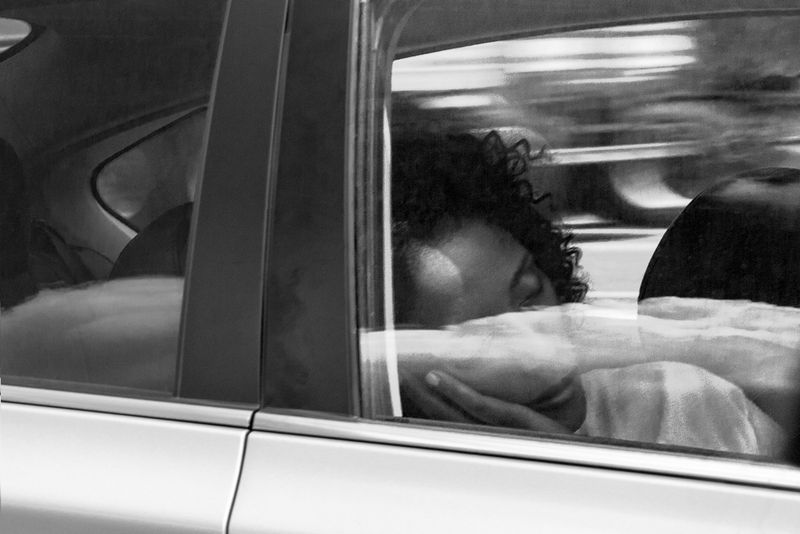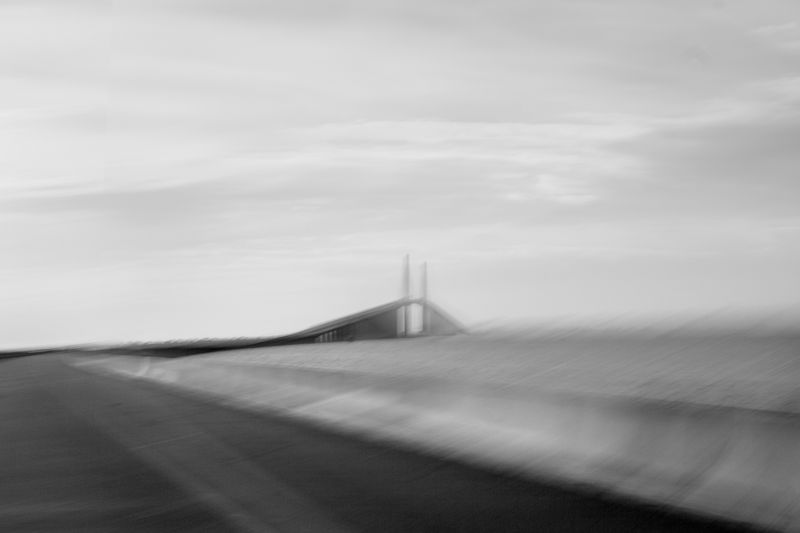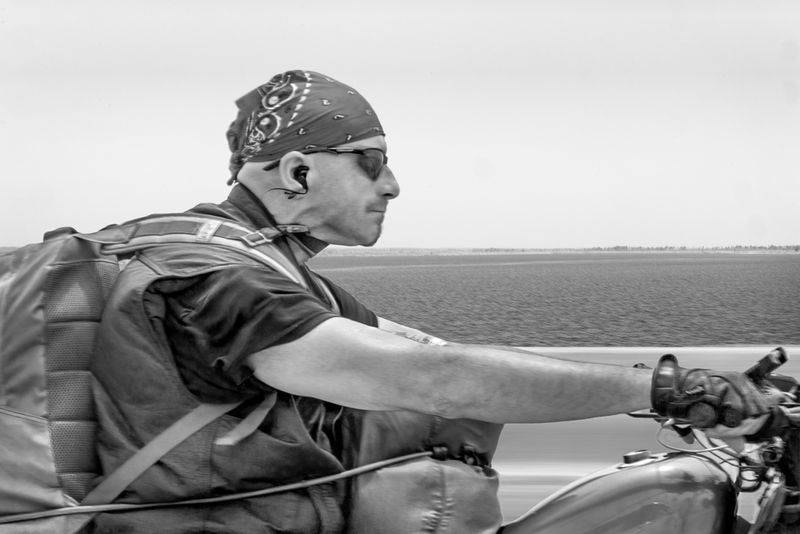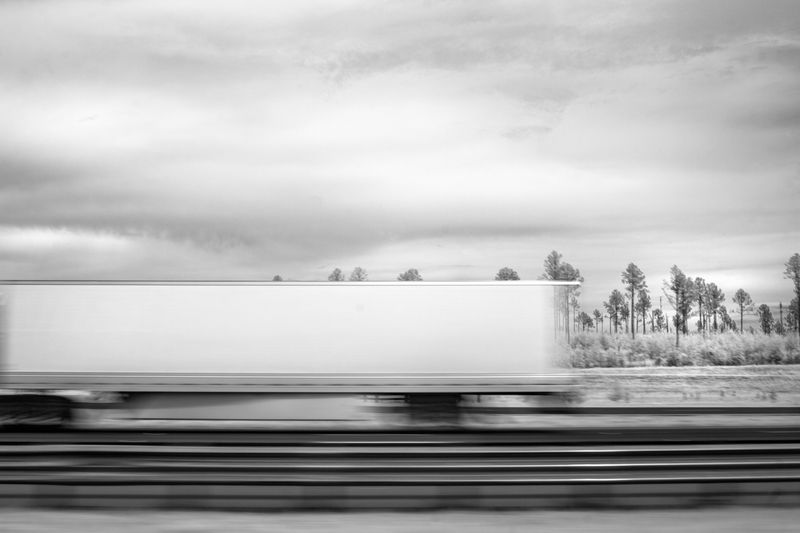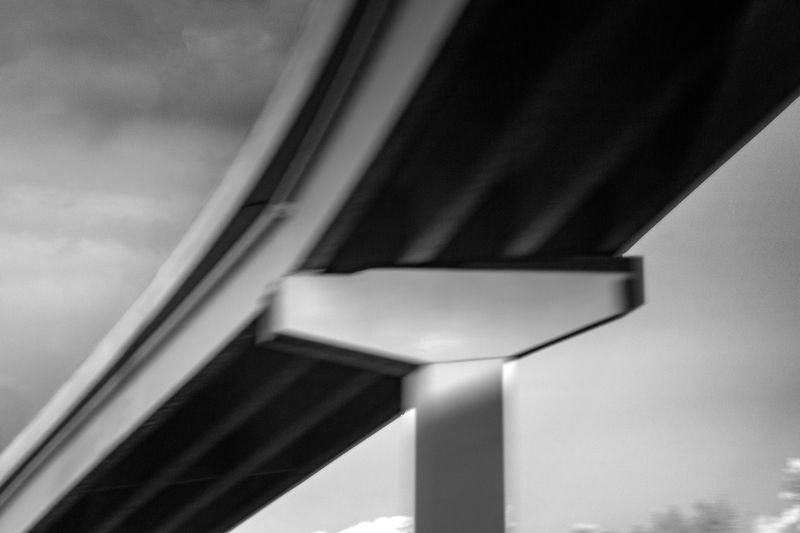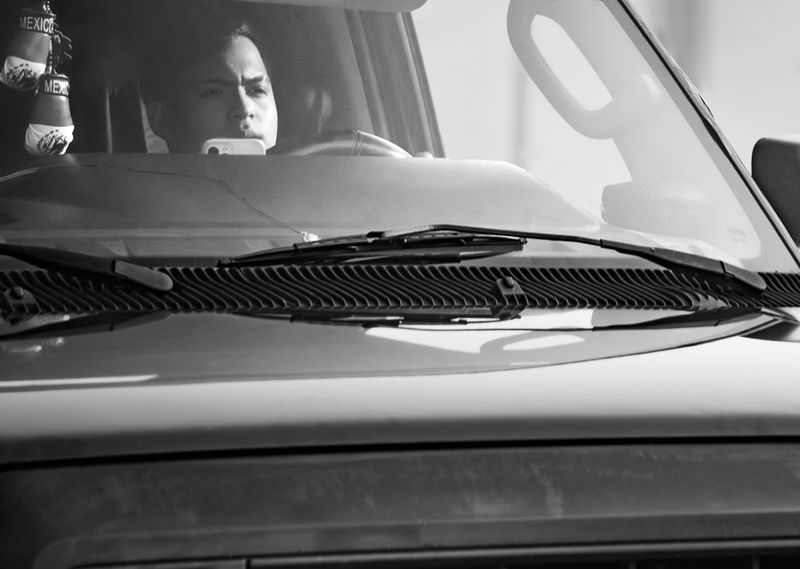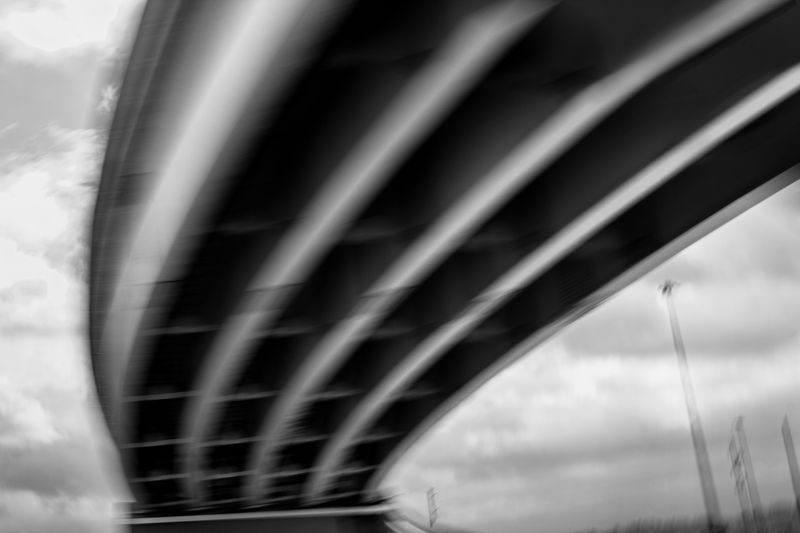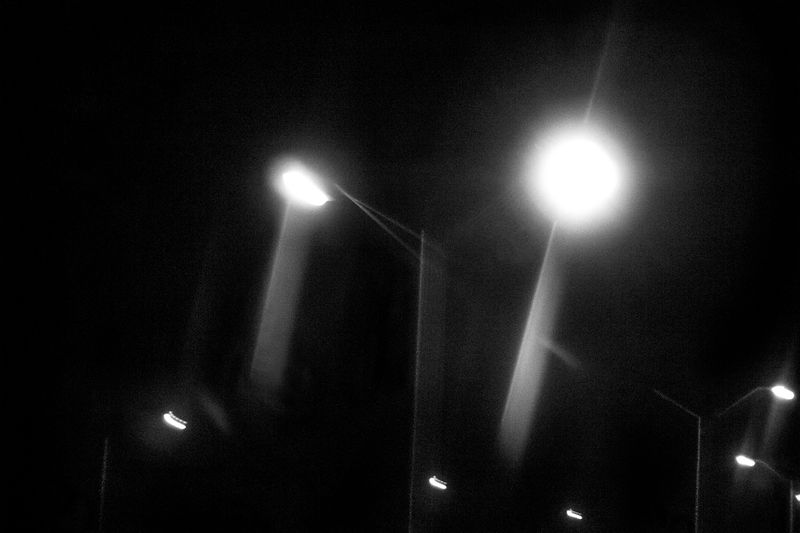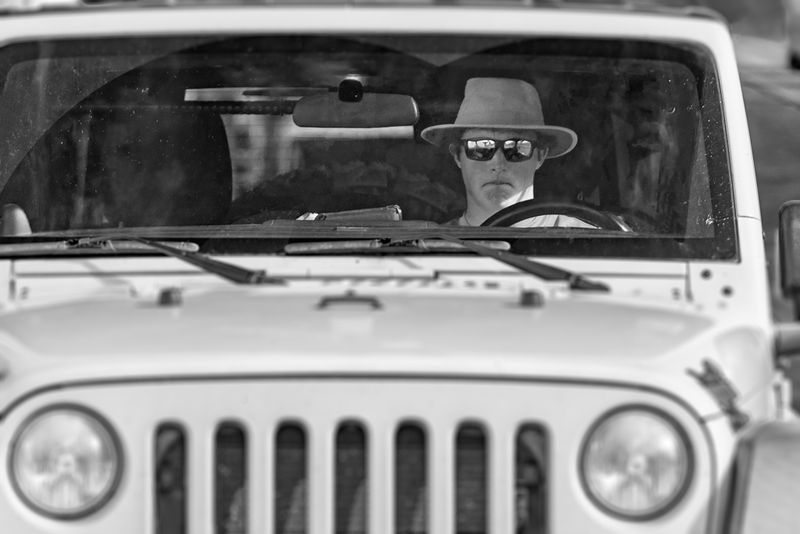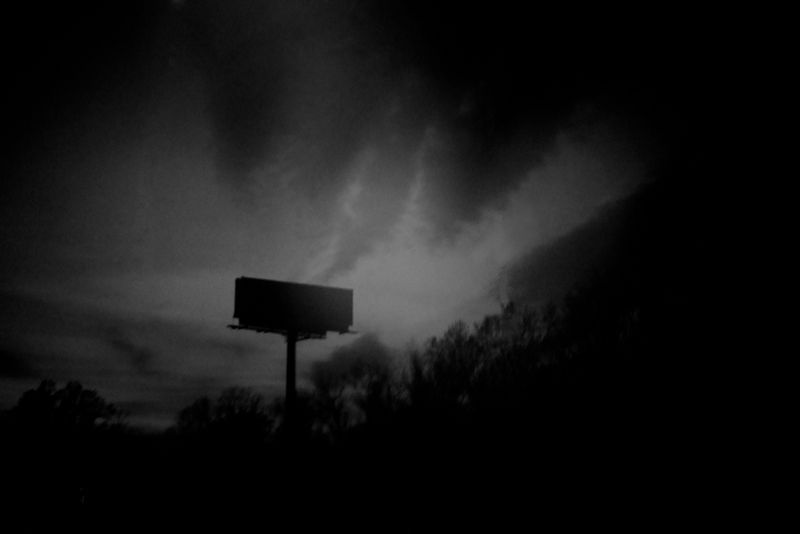The Seventh Bardo
-
Dates2014 - Ongoing
-
Author
A meditation on the modern journey, artist Beth Lilly presents the interstate as a uniquely American liminal space where, once we’ve entered, our lives are paused and we can turn our thoughts inward or stay in the eternal moment.
I grew up in the Southeastern cities of Charlotte, North Carolina and Atlanta, Georgia during the 70’s, a time of major transformations in that region. One of the driving forces of change of the so-called ‘New South’ was the rise of the interstate system. The explosive growth of the region followed the interstates and brought shopping malls, subdivisions, and the abandonment of the cities. For me personally, the interstate came to symbolize liberation and a way out of a culturally meager small town outside of Atlanta and more than once I circled the city on I-285, calming my teenage angst.
As an adult, I found myself returning to the interstate in times of uncertainty, seeking the kind of introspection that I could only find on a long journey through its empty landscapes. ‘Bardo’ is a Tibetan term, meaning ‘an in-between space’, and usually refers the state of existence between death and rebirth. There are six bardos total, others being sleep and meditation. I found the term ‘bardo’ more precise than ‘liminal’ because a bardo is a place of transition and includes the opportunity for transformation. I am proposing that driving on the interstate is a kind of bardo. The sealed environment of our cars, the high speed of travel, and the limited access of the interstate itself, all serve to separate us from our fellow travelers, the landscape we traverse, and the responsibilities of our busy lives. I truly feel I step outside the confines of time and space and can let go of demands on my attention and just Be: with the thrill of speed and my forward momentum, with the intimate dramas I share with passengers, or with an internal journey of contemplation and reflection.
“The Seventh Bardo” was shot entirely while driving on the interstate. Portraits are taken by mounting cameras on tripods and using a remote cable to photograph once a car enters the frame. The portraits are candid shots of people just as they are in their cars on the interstate and I make no effort to conceal the cameras. Just as we constantly create narratives about ourselves and the people we come in contact with, I’m using these portraits of individuals I’ve encountered to illustrate my personal concept of the highway journey as a kind of bardo. I’ve selected images where subjects appear to me to be denizens of another world, lost in thoughts of their own constructed realities. The landscapes comprising The Seventh Bardo re-envision the view outside the window as a no-man’s land beyond normal time and space. It’s the external projection of restless souls caught up in an internal world.
